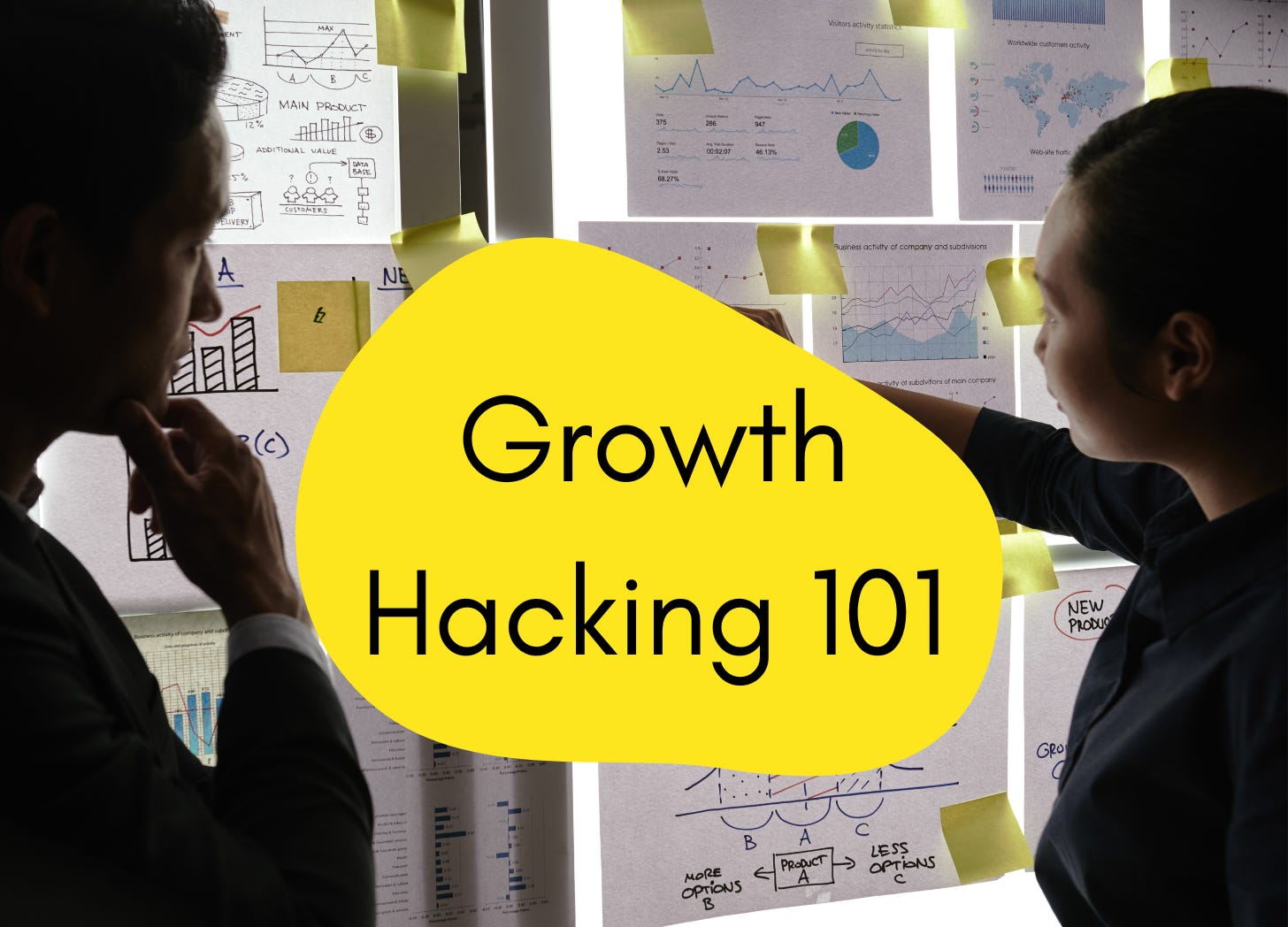We often come across questions regarding growth from the founders in Xartup Fellowship program. While founders are quite aware of the available growth and resources for catalysing growth, they often ignore the foundational structure to think about growth.
This is not a recent issue coming after the boom in the startup ecosystem, but it has been an age old problem since the internet boom.
To solve this structure specific problem, Sean Ellis coined the term Growth Hacking in his marketing book Hacking Growth.
While there is no hack to growth hacking, the AARRR framework designed by Sean helps in giving a structure to the growth of a company.
This framework is also quite popular among product-led businesses to measure growth.
It breaks down the user journey into five key stages, each represented by a letter in the acronym:
Acquisition (Awareness): How do people find out about your product or company? This could be through marketing efforts, organic discovery, or word-of-mouth.
Activation: Once someone discovers your product, do they take the desired action? This might be signing up for an account, completing a tutorial, or making their first purchase.
Retention: Are users continuing to engage with your product after activation? High retention indicates users find value in your product and keep coming back.
Referral: Do users like your product enough to recommend it to others? Referrals are a powerful sign of user satisfaction and can significantly boost customer acquisition.
Revenue: Ultimately, are users willing to pay for your product? This metric measures the financial success of your product or service.
By tracking these five metrics, you can gain valuable insights into your user base and identify areas for improvement. This helps you optimize your product, marketing strategies, and overall user experience to drive sustainable growth.
But, how to make this framework actionable?
Setting Sail with AARRR: A Step-by-Step Guide
The AARRR Pirate Metrics framework is a roadmap for understanding user behavior and optimizing your product or service for growth. Let's break it down step-by-step:
Step 1: Chart Your Course - Define Your AARRR Metrics
As Dave McClure suggests, the first step is identifying measurable actions for each user behavior stage. Here's your pirate crew and their corresponding tasks:
Acquisition (A): Avast, Ye Landlubbers! - Identify the channels that bring new users aboard. This could include SEO, social media, marketing campaigns, app downloads, or advertising.
Activation (A): Thar Be Engagement! - Define what actions signal a user is actively using your product. This might be visiting multiple pages, trying key features, spending a certain time on your platform, signing up for a newsletter, or starting a free trial.
Retention (R): Keep Yer Crew Happy! - Track how many users keep coming back after their initial activation. Monitor repeat usage within a timeframe, website revisit rates, email engagement with your company's messages, or subscriptions to your RSS feed.
Referral (R): Spread the Treasure! - Measure how users recommend your product to others. This can be tricky, but consider strategies like referral programs with embedded links, referral contests, or social sharing features to make it easy for users to share with their network.
Revenue (R): Weigh the Gold! - Define revenue targets associated with user behavior. This helps assess the financial health of your efforts. Consider metrics like minimum revenue per user, break-even revenue (where acquisition costs are recovered), and revenue exceeding customer acquisition cost (CAC).
Step 2: Batten Down the Hatches - Track and Analyze
Once you've defined your metrics, set up systems to capture and analyze this data:
Digital Products: For online products or content, leverage tools like Google Analytics or Kissmetrics to gather valuable user behavior data.
Important Tip: Assign a dollar value to each user behavior category. This helps assess the return on investment (ROI) of your product management and marketing initiatives.
Step 3: A/B Test Like a Swashbuckler - Optimize for Growth
As you collect data, use A/B testing to identify areas for improvement across the user journey:
Test Referral Program Variations: Experiment with different contest formats to see which drives the most user referrals.
Balance Your Media Mix: Test increasing earned media (public relations) while decreasing paid online advertising to see the impact on user acquisition.
Step 4: Navigate by the Stars - Leverage Metrics for Success
By analyzing the effectiveness of your efforts at each AARRR stage, you can make informed decisions to optimize your product management and marketing initiatives for long-term growth:
Focus on areas with high improvement potential based on data insights.
Continuously monitor, test, and refine your approach based on user data.
Remember, the AARRR framework is your treasure map, not the guaranteed path to success. By consistently adapting and optimizing your strategies based on user behavior, you can ensure your product or service weathers any storm and thrives in the competitive seas.
If you are building a business, apply to Xartup Fellowship Program where we have a thriving community of 2,200+ founders navigating through one of the toughest time in the Indian startup ecosystem.
It’s been an amazing journey for the Xartup Fellowship Program Fellows
2,200+ alumni
120+ startups
$5M+ in funding raised by alumni






